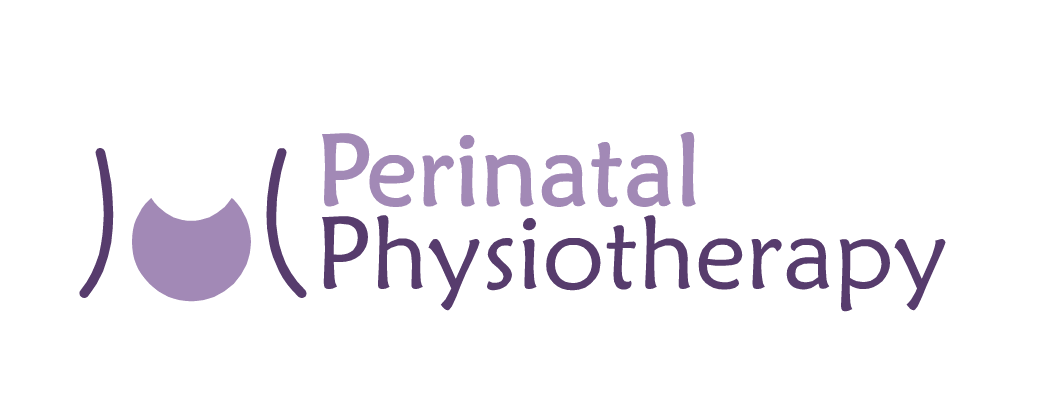
Low back and pelvic pain
Pelvic gridle pain (PGP) refers to pain or discomfort on one or more of the pelvic girdle joints: either the symphysis pubis (the joint at the front of the pelvic girdle, the “pubic bone”), the hip joints, the coccyx or the sacroiliac joints, right at the bottom of your spine. Generally PGP is felt in more than one joint –although not always at a time- and can be as intense as to prevent regular movement. Climbing stairs, turning in bed, taking a bath or simply walking can become an ordeal for those suffering from severe PGP, nonetheless the degree of discomfort varies from woman to woman.
Check our folder on pelvic girdle pain for more information.

Urinary incontinence
Stress Urinary incontinence (SUI) is an involuntary loss of urine that occurs when there is an increase in abdominal pressure caused by activity (from running to laughing, sneezing or coughing). It is fairly common during pregnancy and post partum and it is not likely to go away on its own if you don't seek treatment. It is estimated that only in the Netherlands 10 to 40% of women suffer from urinary leakage.
There are other kinds of urinary incontinence, such as urgency incontinence. But stress urinary incontinence is the most common type in the perinatal period. The usual cause is lack of pelvic floor muscle support when abdominal pressure suddenly increases. That lack of support can be part hormonal, part weakness and part incoordination.

Diastasis
Some degree of diastasis recti (DR or abdominal separation) occurs always during pregnancy and normally resolves after childbirth. If it is small, it will tend to reduce during the first year after pregnancy. When the diastasis is wide (two or more fingertips can fit in between your rectus sheats), rehabilitation is advised. Although a diastasis is sometimes considered more of a cosmetic than a health problem, abdominal weakness and discoordination can have serious consequences for your core stability and result in low back pain and pelvic floor dysfunction.
Check our folder on diastasis for more information.

C-section related pain
C-section scars can affect they way your core muscles work. A deep scar can disrupt normal movement and load transfer between your upper and lower body. Your core muscles tend to compensate for this communication breakdown by overworking your legs or your back and shutting off your abdominal wall. This can result in long term back pain, thigh pain or pelvic floor dysfunction. The scar itself can be at times the only source of C-section related pain and require treatment if adhesions develop.
Specific exercises and movement strategies can help you regain coordination and alleviate C-section related pain.




